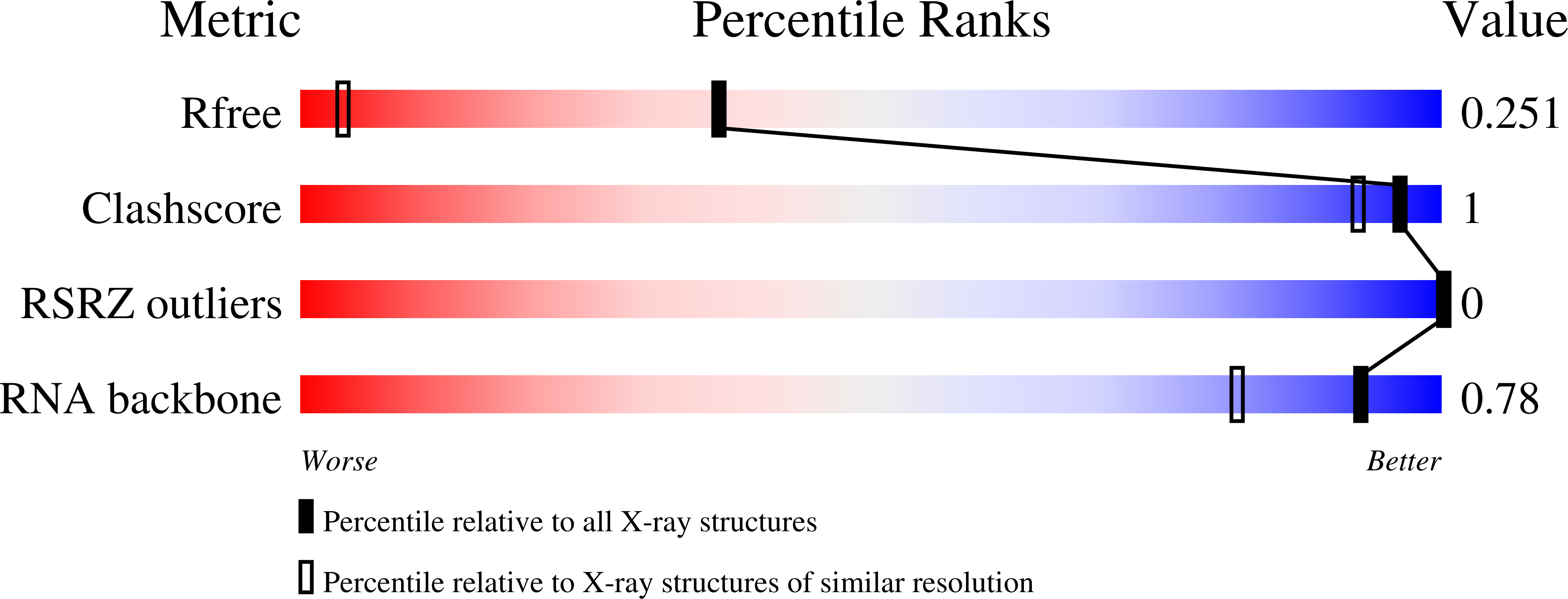
Deposition Date
2023-05-19
Release Date
2023-05-31
Last Version Date
2024-10-16
Method Details:
Experimental Method:
Resolution:
1.45 Å
R-Value Free:
0.24
R-Value Work:
0.22
R-Value Observed:
0.22
Space Group:
P 3 2 1


